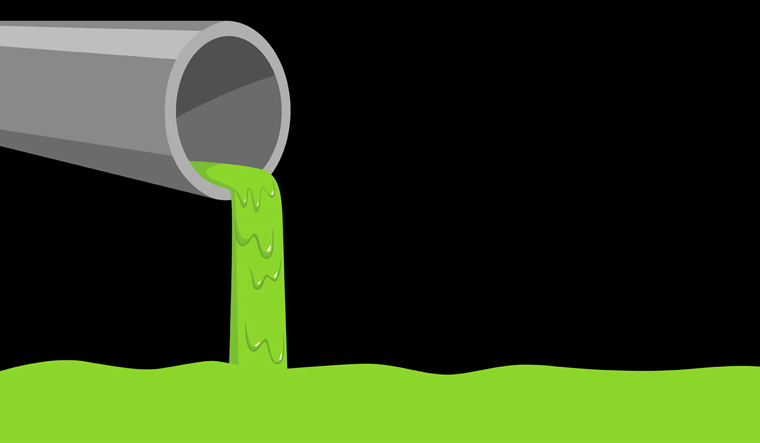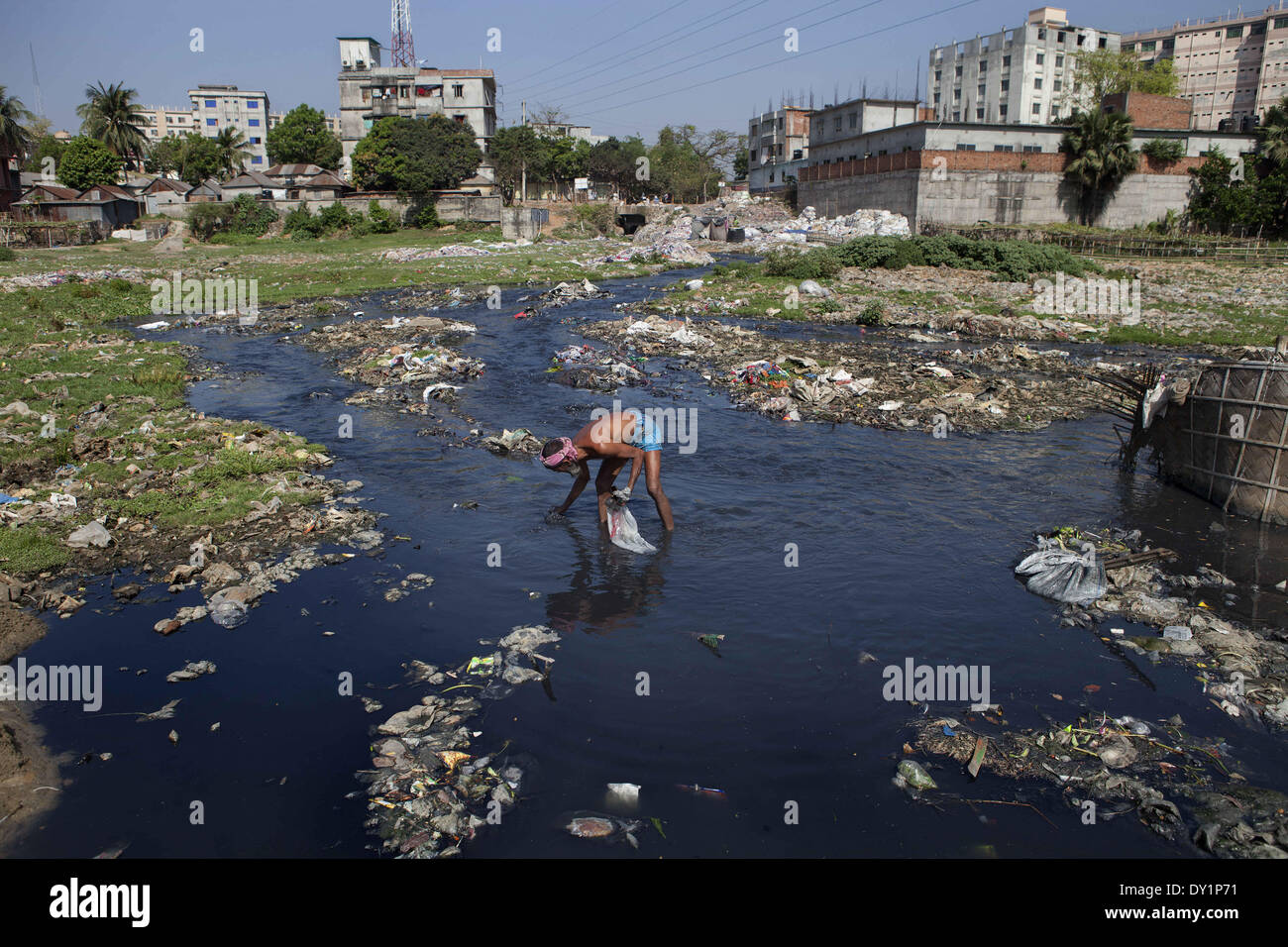Just How Fluid Garbage Disposal Functions: A Comprehensive Summary of Strategies and Technologies Employed

Overview of Liquid Waste Kind
The complexity of liquid waste kinds necessitates an extensive understanding of their attributes and effects for disposal. Liquid waste can broadly be categorized into several kinds, consisting of industrial, local, agricultural, and hazardous waste. Each group exhibits unique properties, calling for details administration strategies to reduce environmental and wellness threats.
Industrial fluid waste stems from manufacturing procedures and usually consists of a series of pollutants, such as hefty metals, solvents, and organic substances. Community fluid waste, mainly comprising wastewater from homes and industrial establishments, has natural issue, nutrients, and pathogens (industrial wastewater treatment). Agricultural fluid waste, including drainage from ranches, may contain plant foods, pesticides, and animal waste, posing dangers to water top quality and communities
Harmful liquid waste is characterized by its toxicity, sensitivity, or possible to create injury. Comprehending these varied fluid waste kinds is essential for creating efficient disposal methods and guaranteeing compliance with environmental regulations.
Physical Therapy Methods

Screening is the first step, where larger fragments and debris are eliminated from the liquid waste making use of screens or grates. In sedimentation tanks, much heavier bits work out at the bottom, creating a sludge layer, while the cleared up liquid can be additional treated.
Purification is an additional important technique that entails passing the liquid with permeable materials, such as sand or membranes, to capture smaller sized particles. This step boosts the high quality of the fluid, making it suitable for subsequent treatment processes.

Chemical Therapy Strategies
Chemical therapy strategies are essential for effectively taking care of fluid waste, especially in attending to liquified and colloidal pollutants that physical methods may not properly eliminate. These techniques make use of numerous chemical agents to reduce the effects of, speed up, or transform unsafe materials right into much less unsafe kinds.
One typical approach is coagulation and flocculation, where chemicals such as alum or ferric chloride are included to promote the aggregation of suspended bits. This process improves sedimentation, enabling easier elimination of the resulting sludge. Furthermore, oxidation processes, using agents like chlorine or ozone, are used to break down intricate organic substances and virus, rendering the waste much safer browse around this web-site for discharge or additional treatment.
Neutralization is an additional critical strategy, which changes the pH of acidic or alkaline waste streams to neutral degrees, preventing possible injury to downstream systems and the atmosphere. In addition, progressed oxidation processes (AOPs) make use of combinations of oxidants and ultraviolet light to degrade relentless contaminants, achieving a greater degree of therapy efficiency.
Organic Treatment Procedures
Biological therapy procedures play an essential duty in the administration of liquid waste by using microorganisms to disintegrate raw material and minimize impurity levels. These processes can be extensively classified right into anaerobic and cardiovascular therapies, each using details microbial neighborhoods to achieve effective waste degradation.
Cardio treatment includes the usage of oxygen to promote the break down of organic materials by germs. This process is frequently implemented in activated sludge systems, where oygenation containers give a favorable atmosphere for microbial growth, resulting in the oxidation of natural contaminants. The resultant biomass can be divided from treated effluent with sedimentation.
In comparison, anaerobic therapy happens in the lack of oxygen, counting on different bacteria to damage down raw material. This approach is specifically beneficial for high-strength waste, as it creates biogas, an eco-friendly energy resource, while lowering sludge manufacturing. Technologies such as anaerobic digesters are frequently utilized in industrial and local applications.
Both cardio and anaerobic organic therapies not just decrease the ecological influence of fluid waste yet also facilitate source healing, making them necessary elements of sustainable waste administration approaches. Their efficiency, effectiveness, and adaptability support their extensive application across numerous markets.
Emerging Technologies in Disposal
Ingenious strategies to fluid waste disposal are rapidly progressing, driven by improvements in innovation and an enhancing emphasis on sustainability. Amongst these emerging technologies, membrane layer bioreactors (MBRs) have obtained grip for their ability to combine organic treatment with membrane filtration, leading to premium effluent that can be reused in numerous applications. MBRs make it possible for smaller impacts and extra effective operations compared to typical systems.
An additional promising growth is the usage of anaerobic food digestion incorporated with nutrient recovery technologies, which not only treats liquid waste but likewise creates biogas and recovers useful nutrients like nitrogen and phosphorus. This dual benefit improves source effectiveness and decreases environmental influence.
Furthermore, advanced oxidation procedures (AOPs) are being adopted for the deterioration of complex organic pollutants. These methods utilize effective oxidants and stimulants to break down impurities at the molecular level, offering a highly efficient service for difficult waste streams.
Additionally, the integration of artificial intelligence and machine understanding in waste management systems is enhancing functional efficiency and anticipating maintenance, resulting in lowered costs and enhanced environmental conformity. These innovations show a considerable check my site shift towards even more sustainable and effective liquid garbage disposal practices.
Conclusion
To conclude, efficient fluid garbage disposal requires an you could check here extensive understanding of different strategies and technologies. The combination of physical, chemical, and biological treatment techniques guarantees the efficient management of varied waste types. Furthermore, the emergence of cutting-edge modern technologies boosts therapy efficacy and advertises sustainability in waste administration methods. By continually advancing these techniques, it comes to be feasible to attend to the expanding challenges connected with fluid waste, ultimately contributing to environmental protection and resource healing.
Fluid waste disposal is an important facet of environmental monitoring, requiring a comprehensive understanding of numerous methods and modern technologies tailored to various waste types. Fluid waste can broadly be categorized right into several types, including industrial, metropolitan, agricultural, and harmful waste. Agricultural fluid waste, including overflow from farms, may consist of plant foods, chemicals, and pet waste, posturing risks to water quality and environments.
Numerous physical therapy approaches play a vital role in taking care of liquid waste successfully - industrial wastewater treatment.In verdict, effective fluid waste disposal necessitates a thorough understanding of different methods and innovations